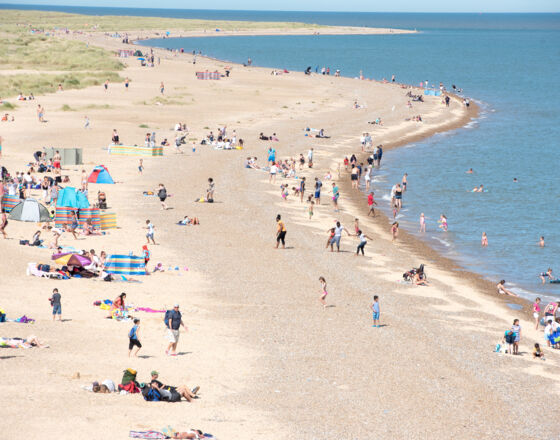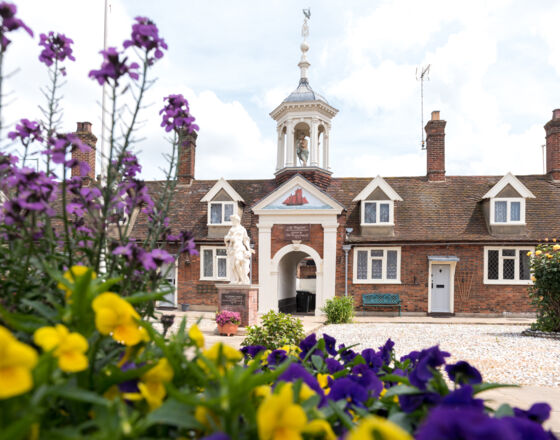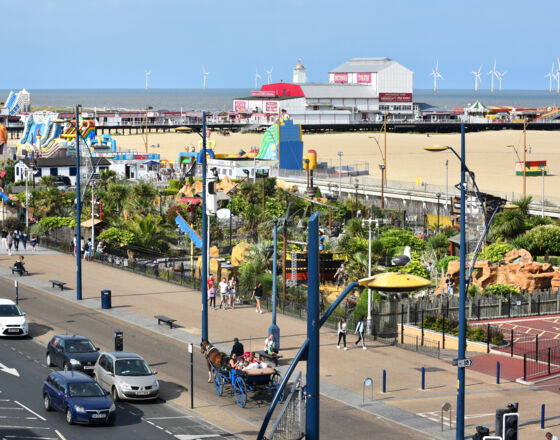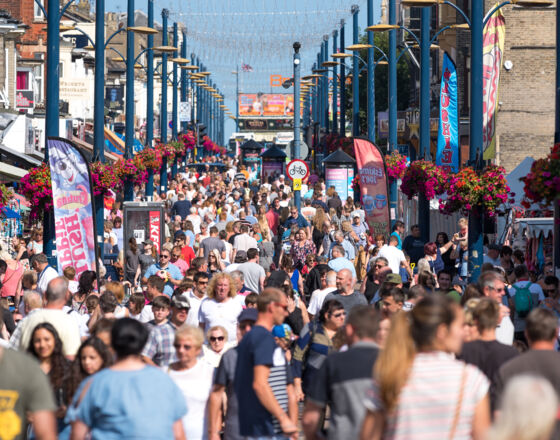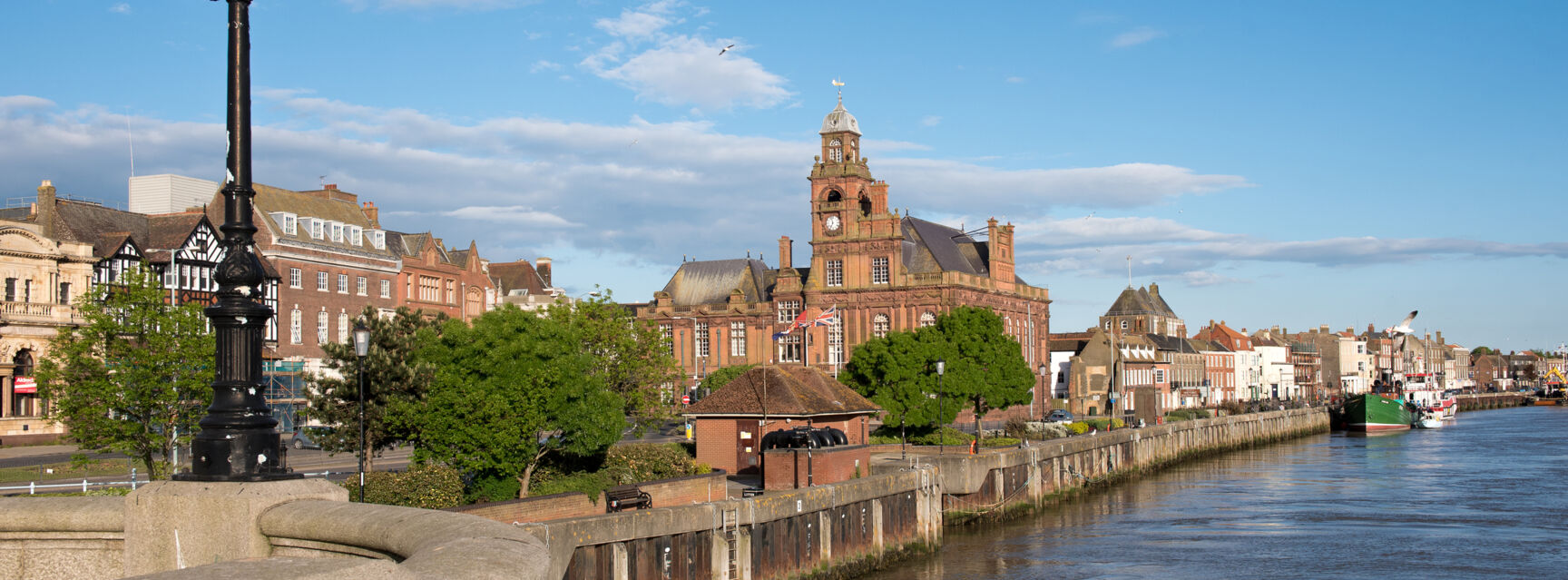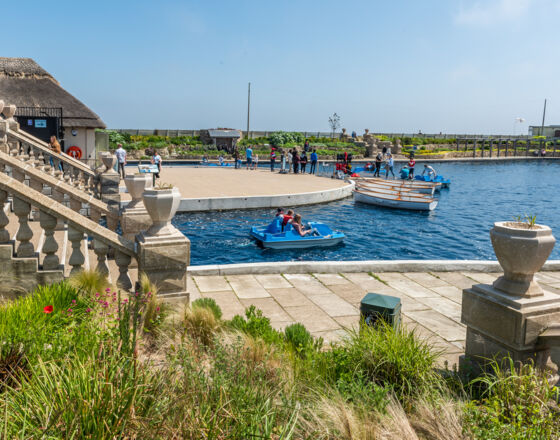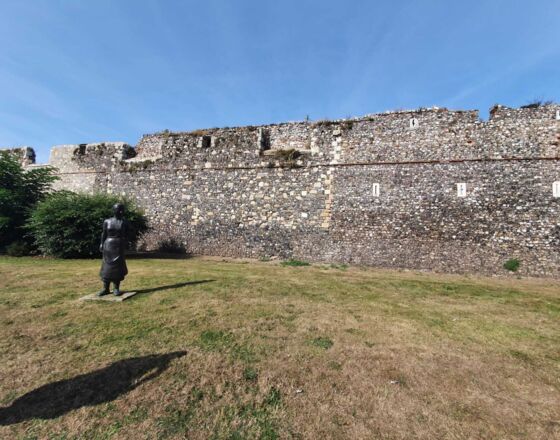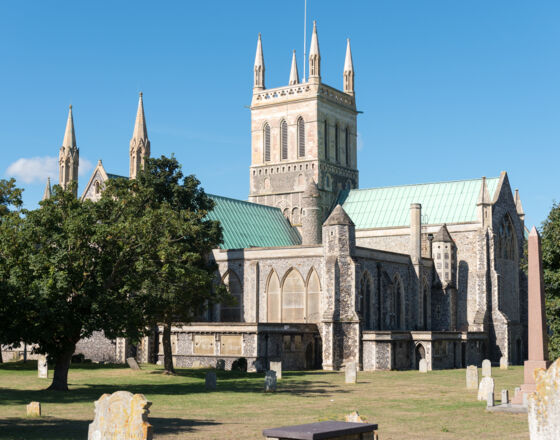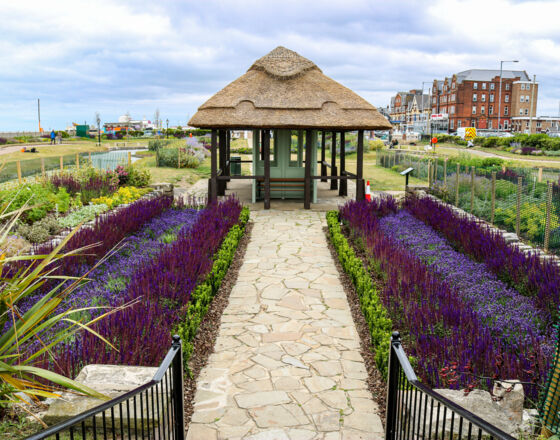Facts & Figures
Founded
Year 900
Location
52.60717 latitude and 1.731484 longitude
Population
99370
What is the city known for?
Bloaters – smoked herring
Britannia Monument to Nelson - built 24 years before Nelson’s Column in London’s Trafalgar Square
Modern port and historic Hanseatic port
The area is a popular visitor destination, with tourism valued at over £600,000 to the local economy. There is no shortage of things to see and do. Exciting theme parks and amazing animal and sea life attractions are in abundance. Celebrate the area’s arts and culture offering by enjoying the spectacular Hippodrome Circus or visit one of the fantastic free festivals such as the Out There and Wheels Festivals. The town is rich in heritage, indulge yourself by visiting the numerous local museums including the renowned Time and Tide, take in a guided heritage walk or enjoy the newly restored historic Waterways. The miles of coastline available offer a variety of activities including seal watching, daredevil rides, splash pad fun, dune exploring and relaxing in the sun! The town is also on the edge of the Broads National Park, one of only 15 protected National Parks in the UK. There is a great selection of places to eat out in the area from well-known eateries to fine dining restaurants. The rich diverse culture offers new tasting experiences and you will find many hidden gems in the surrounding villages.
Great Yarmouth has one of the most successful Enterprise Zones in the country and is England's offshore energy hub.
Events
Breath-taking spectacle and quirky comedy combine in a festival woven through with quality performance, family-friendly atmosphere and more than a fair dose of seaside silliness! Out There has quickly built a national and international reputation for world class artistic quality, new and diverse work, regional artistic talent, international collaboration and innovative community engagement.
The Eastern Festival is a prestigious three-day racing festival which takes place every year at Great Yarmouth Racecourse during September. With around 12,000 visitors over the three days, it is a big draw to Great Yarmouth
Fire on The Water is a new experiential Fire trail on the Venetian Waterways, first delivered in the autumn of 2021. The event commissions artists to produce a range of arts works, installations and sculptures. The annual event is illuminated with dramatic outdoor arts, hypnotic water projections and shining installations and was a 33,000 person sell out in 2021 for Great Yarmouth’s cultural landscape.
The highlight of the indoor bowls calendar, Potters Resort hosts bowls’ biggest tournament which is now in its 24th year. Experience the world’s best players competing for the most prestigious titles in the sport over 17 days of championship action, live from Potters Resort’s International Arena.
Gallery

